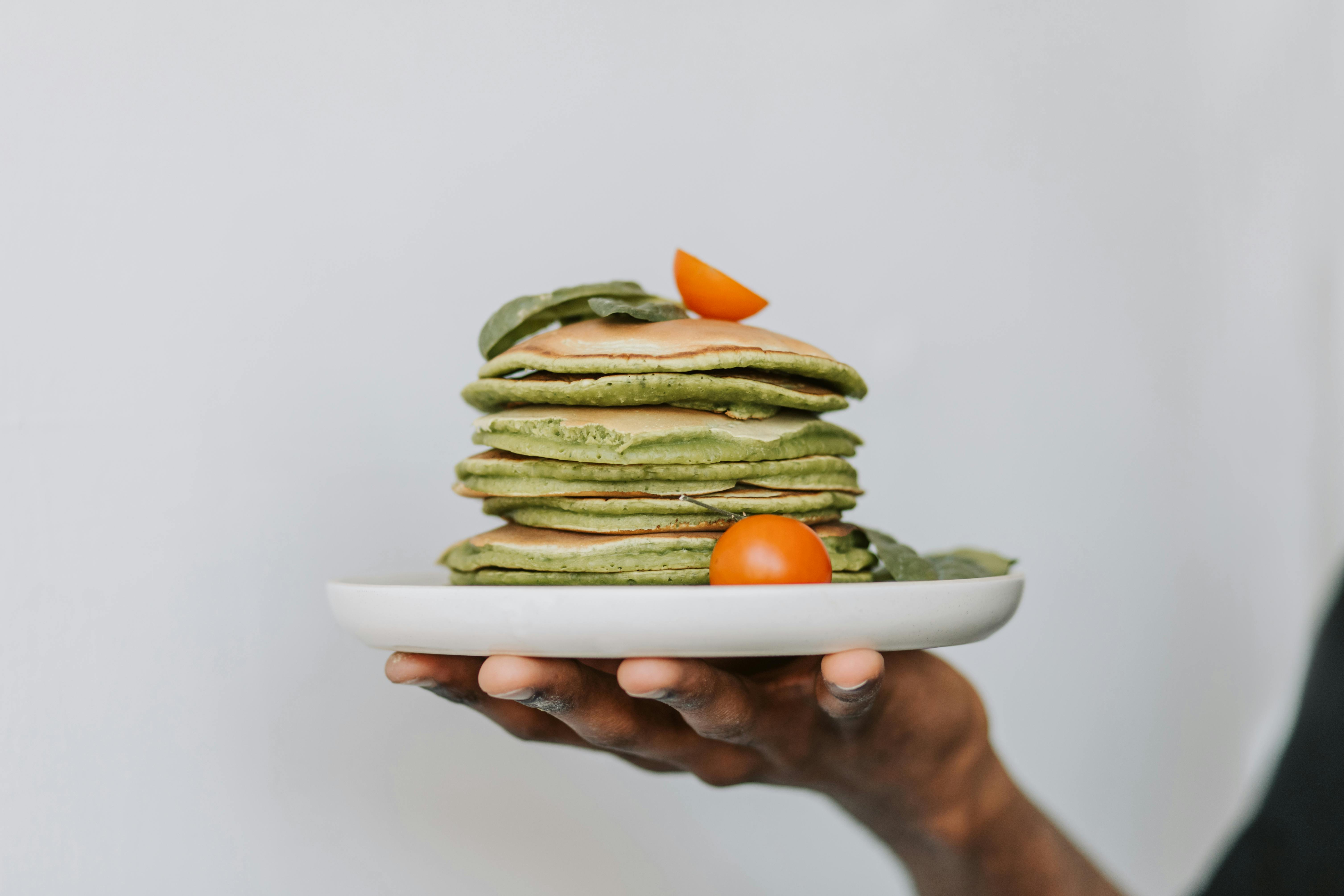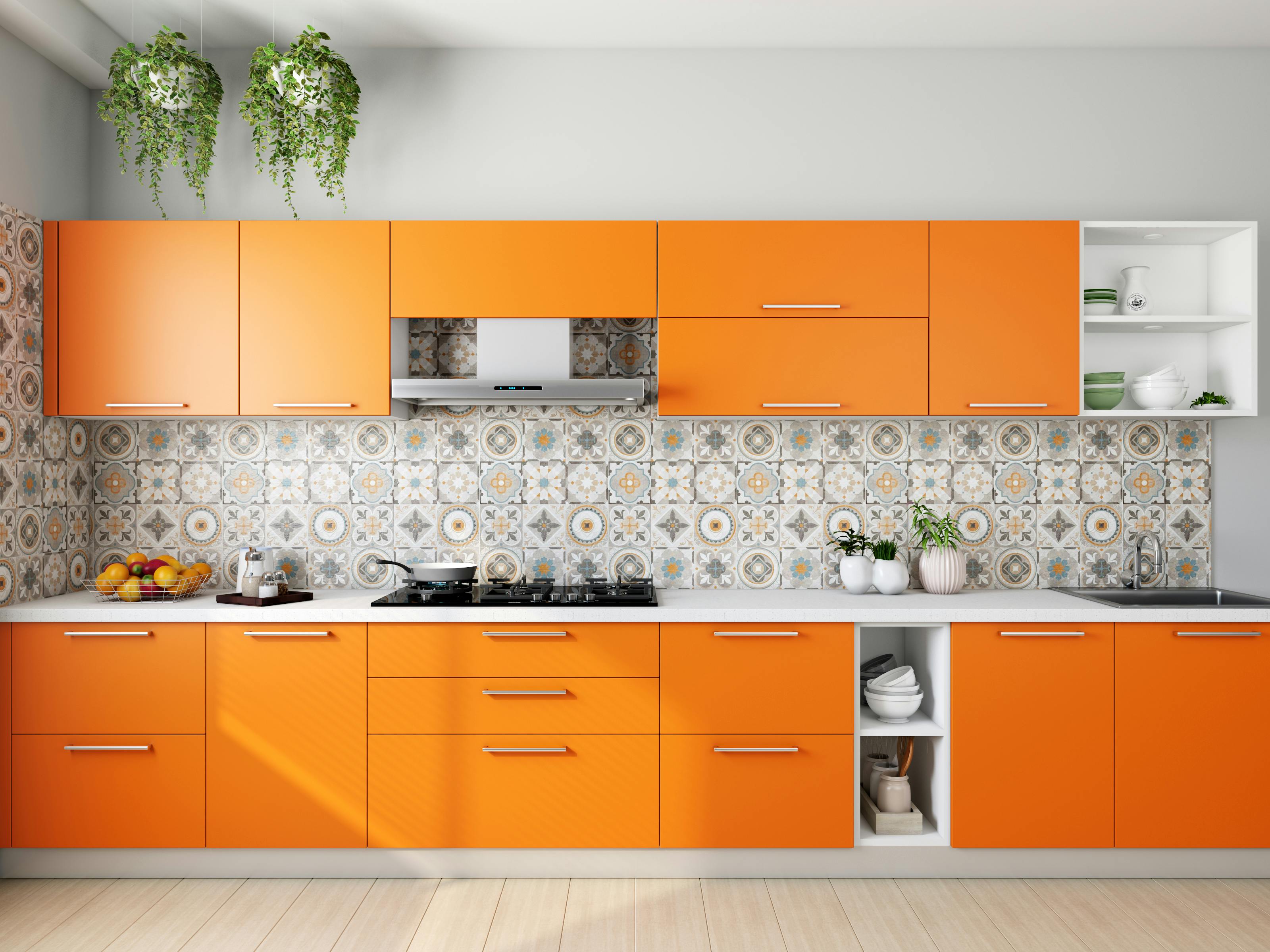interior painting
When painting a room, it’s best to paint the ceiling first, followed by the walls, with trim, cabinets, and doors painted last. Work from the top down. To maintain a wet edge, only cut one wall at a time before you begin roller painting.
The brushes are used to cut around the ceiling, trim, windows and doors before using a roller. They are also used to paint moldings, window frames and doors. There are a number of planer sizes available in both straight edge and angled guillotine. Your choice depends on the size of the area you are painting and whether you prefer a straight or angled frame. Rollers are a huge time saver for painting larger flat surfaces like ceilings and walls. Roller covers come in various nap lengths. Your choice depends on whether the surface to be painted is smooth or more textured. The more textured the surface, the longer the nap should be to allow the fibers to push the paint into the cracks in the surface.
High quality applicators will provide the best painting results. Cheap or low-quality applicators can make the best quality paint look and work poorly. Cheap roller covers don’t distribute paint evenly over the surface and often leave lint from the roller on the wall. Inexpensive paintbrushes are more difficult to use because they don’t spread paint evenly and leave unsightly brush marks. High-quality applicators can be cleaned and reused.
When painting, always work from the dry area to the adjacent wet paint area. Use the “N” technique when using a roller. Charge the roller fully. Apply paint in an “N” shape in a 2¹ x 2¹ area. Fill the center of the “N” with horizontal strokes from side to side. Lightly smooth the painted area with vertical strokes from top to bottom. Continue using the “N” pattern with a freshly loaded roller directly below the first “N”, working until you reach the bottom of the wall.
Time Saving Tip: If you are taking a short break from painting, you can wrap the applicators tightly in a plastic bag or aluminum foil instead of washing them.
Always be sure to stir the paint well before use and do not thin it. If you are using more than one gallon of the same color, mix them together to ensure color consistency. Paint when ambient and surface temperatures are 50°F or above. Avoid touching, cleaning or wetting a freshly painted surface for 30 days to allow the paint to fully cure. After 30 days, the painted surface can be cleaned with water and a mild, non-abrasive cleaner. Do not place or hang objects on the surface until the paint is completely dry.
Remember: It is important to follow the instructions on the back of the paint label. It contains the most important information you need for your painting project.



